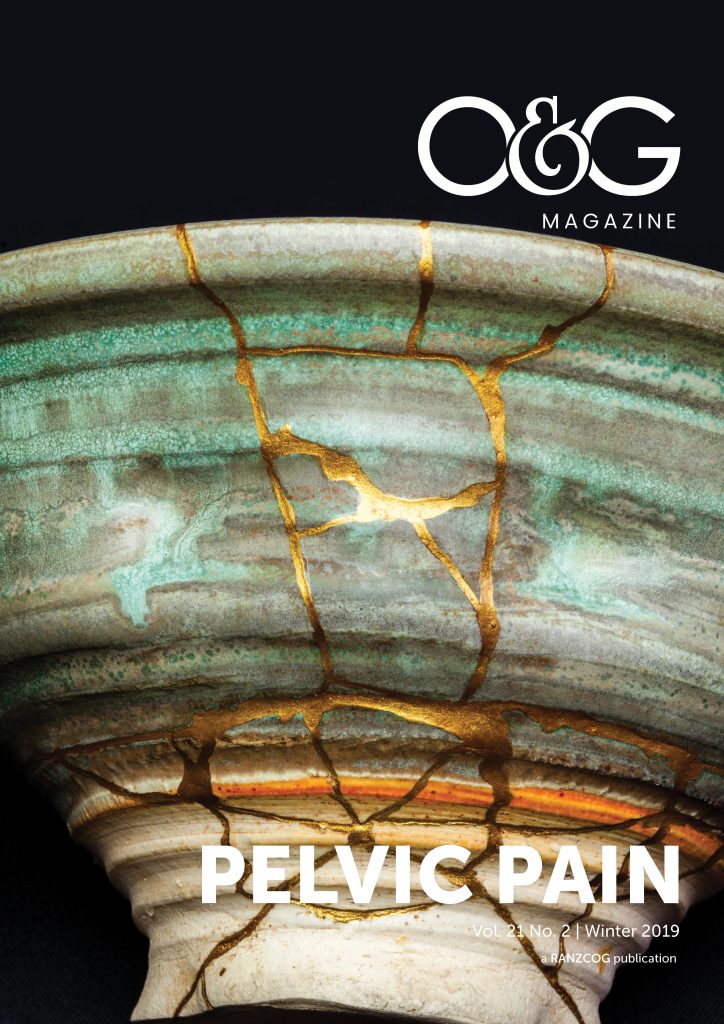I very much enjoyed the article Threatened preterm labour out bush by Drs Jared Watts and Han-Shin Lee, O&G Magazine Vol. 21 No. 1 Autumn 2019.
I read with interest that patients ‘in active labour, at high risk of bleeding or with fetal distress, should not be considered for transfer except in extreme circumstances.’ This obviously makes sense. Unfortunately, it contrasts sharply with my experience working in rural New Zealand. I live in Queenstown, which despite huge population growth and a minimum of 600 births a year, has only a primary birthing unit. We are almost three hours by road from the nearest secondary unit – only there is analgesia, continuous CTG monitoring, theatre and obstetric assistance available. In winter the road is often deep in snow and a large volume of tourist traffic significantly hampers travel. Helicopter evacuation is the usual route of transfer, and this is weather dependent. There is at least one helicopter evacuation per day – sometimes for labouring VBACs or women requesting epidural, but more often for obstructed or preterm labour, fetal distress, prolonged second stage over three hours or postpartum haemorrhage. As the patient departs in the helicopter, their partner faces a terrifying journey alone by road, often arriving hours after delivery or surgery has occurred. In fact, it appears that most transfers here occur for all the reasons you would prefer to avoid it.
This isn’t a question, just demonstrates the enormous range of available resources to an obstetrician in rural practice and difference in management planning according to location.






Leave a Reply